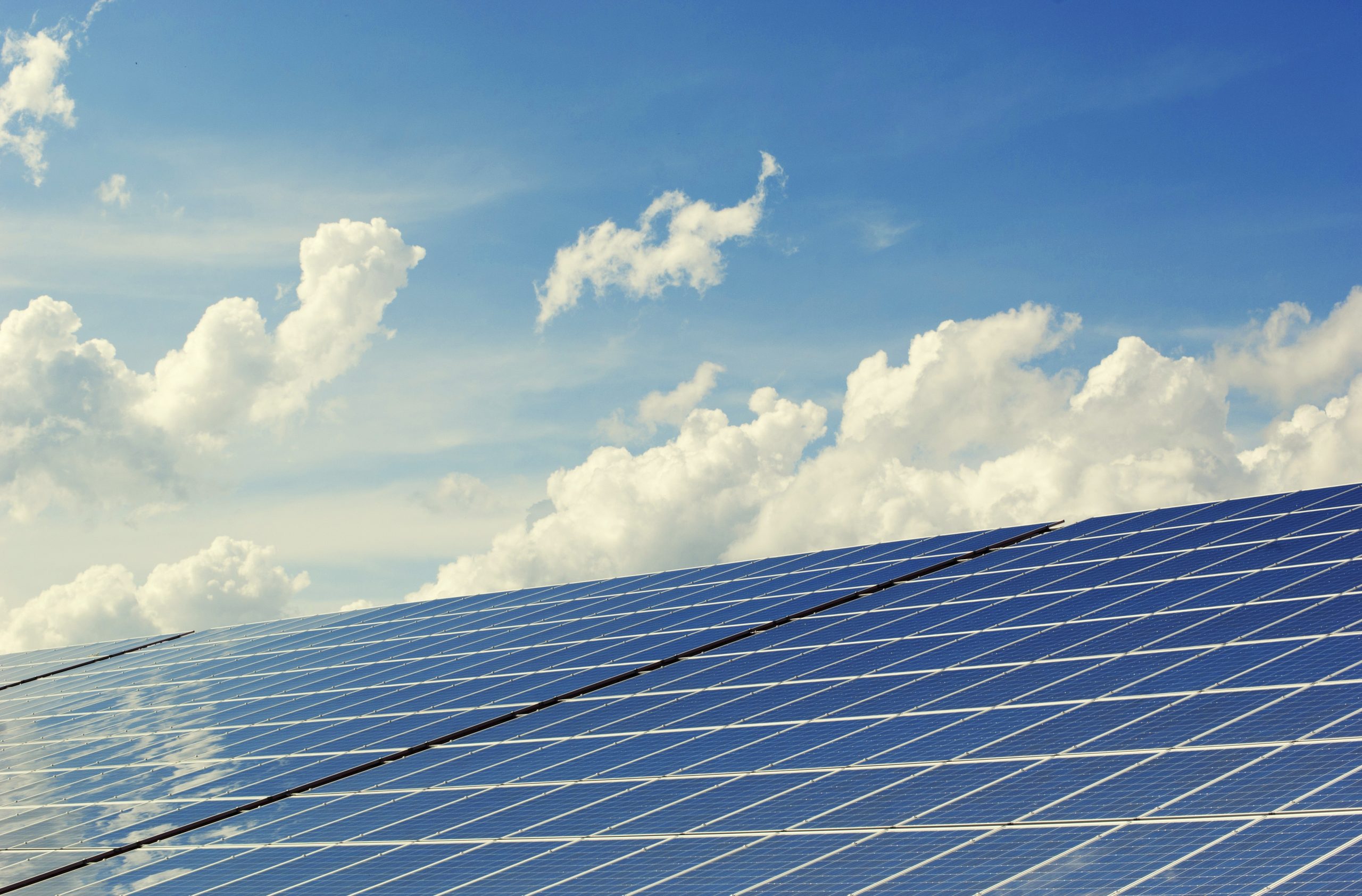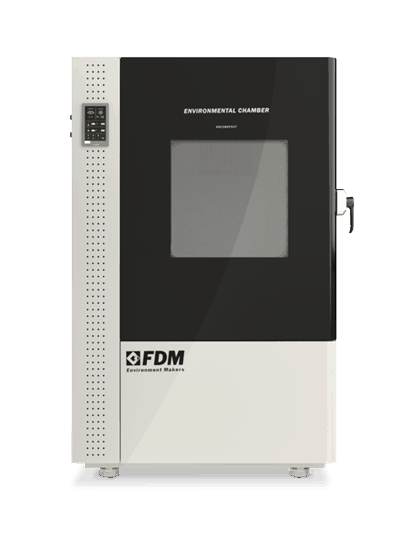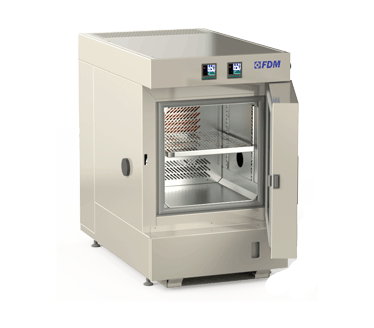
The energy crisis and climate change are central challenges for the energy sector in the coming years.
Photovoltaic technology already plays a leading role within the ecological transition and will have an even greater centrality in the future.
For this reason, solar panels are subjected to a rigorous series of tests before being put on the market.
Solar panel testing is a widely regulated procedure and the legislation is constantly updated. Today we will deal with the most recent climatic tests on solar panels to be performed in the climatic chamber.
What is Solar Panel Testing?
It may seem strange that solar panels - created to draw energy from one of the main atmospheric agents - should be subjected to atmospheric tests like all other products and materials.
But this is precisely the reason: solar panels are continuously exposed to all atmospheric factors and, even if it is their purpose, they are tested very rigorously to ensure that they are safe and efficient.
We have already dealt with tests on solar cells for space uses in the past. Here we will see which tests instead affect the ground-mounted solar panels.
In addition to atmospheric tests, the ground solar panels are subjected to electrical resistance tests and mechanical tests of various types.
The various tests on solar panels are regulated by a series of international standards, the main ones being UL 1703, IEC 61730, and IEC 61215; the latter was updated for the last time in 2021, to testify to the relevance of the matter.
Perform
Extreme Testing
Discover the new series of Environmental Chambers for controlled climate testing
How do the tests on solar panels in the climatic chamber work?
Solar panels are exposed to atmospheric agents all year round, often without any protection. For this reason, atmospheric tests must verify their resistance at least to extreme and prolonged conditions.
There are three fundamental factors to test: extreme temperatures, humidity and direct exposure to the sun's rays.
These three factors are met by the three main atmospheric tests which are prescribed and described in the above standards:
- Thermal cycle of pre-treatment with UV radiation
- Humidity freeze cycle: climatic cycle with humidity and temperature control between + 85 ° C and 40 ° C
- Damp heat test: specifically designed to carry out long-term tests (85 ° C; 85% for a duration of over 1000 hours)
Test specifications may vary depending on the solar panel model, as indicated in the international standards above.
You cannot find the ideal chamber for your test?
Create your own environment, according to any test requirement
The FDM Environmental Chamber for Solar Panels Testing
All solar panel tests we have talked about need a climatic chamber to be performed. And specifically an environmental chamber: a type of climatic chamber designed for extreme climatic tests.
Environmental chambers are isolated environments in which it is possible to alter the temperature and relative humidity parameters. They can also be equipped with different UV ray lighting systems to simulate direct exposure to sunlight.
The FDM environmental chambers comply with all the requirements expressed in the international standards on solar panel testing.
Furthermore, thanks to the innovative revoFACE programmer, solar panel tests can be fully automated, a very useful feature when it comes to long-term tests or complex thermal cycles.
For further doubts and questions, please do not hesitate to contact us.
Would you like to receive a quote or do you have questions about the product?
Contact us to receive more information about this Product.



